Digital dinner: Technology is changing the way we eat out
Soon, there might be no need to yell out for a waiter, or ask for a cheque. Technology is changing the way we eat out and order.


At the reception of Japan's newly opened Henn na Hotel (which roughly translates to "weird hotel"), a friendly dinosaur, a humanoid (with fluttering eyelashes) and an android (that's a human-looking robot, not the smartphone OS) greet guests in fluent Japanese and English. Once checked in, guests can proceed to a counter where a camera clicks their photo, which — with the use of facial recognition — can be used as a 'key' to the rooms instead of swipe cards. Welcome to the world's first hotel run entirely by robots (with the exception of security and cleaning staff) and boasting of features like robot-operated locker systems, and a self-serve café.
Closer home, while humanoids are yet to make an appearance, Jaffer Bhai's Delhi Darbar, the 42-year-old restaurant in Marine Lines, is using a simple device to make ordering food simpler. Every table has a tissue paper holder that doubles up as a high-tech call bell. The holder has four buttons — to call for the cheque, call for a drink, call for service and to cancel an order. Think consoles on aircrafts, but with more buttons. Once you press a button, the captain is alerted through a watch-like band on his wrist, and he can depute a colleague to do the job. So diners need no longer do a little jig to holler a server; and the resultant quiet adds to the dining experience.
Bars and restaurants across the world are tapping into technology to bring newer concepts to the table. For instance, in May, a Tel Aviv-based restaurant called Catit realised the importance of '#foodporn' and introduced custom-made dishware that allowed diners to fit their phones on the plates and take Instagram-worthy photos. Just a month ago, tech giant Google's research scientist Kevin Murphy revealed the company's latest project — a camera-based app that lets users identify food pictures and even count the number of calories in a dish.
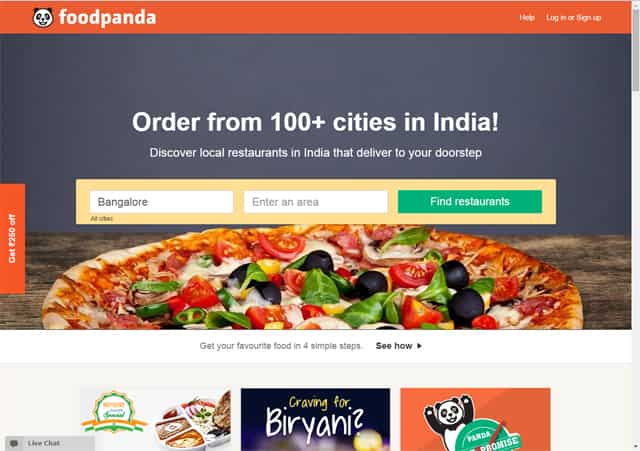

Right from swifter deliveries with the help of apps like Zomato, Ola Café and Foodpanda to making use of mobile wallets for payments or even using an app to change the song playing at your favourite pub, technology is enabling us to customise our food experience.
PLAYING WITH TECH
When Doolally opened in March this year, the owners were certain they didn't want to go the usual "DJ" route. So they set up an online jukebox — BC Jukebox, an app that allows people to request songs while at the bar. The choice of music ranges from Save Me by Aretha Franklin, to Arabella by Arctic Monkeys. "We curate the music and playlist with a lot of help from self-confessed music nuts who are also our customers. Musicians, music writers and journalists help us pick out a mix of familiar tunes — so, not Summer of '69 — and help discover new music," says Tresha Guha, marketing manager, Doolally. The app lists a range of bars and restaurants like Smaaash in Lower Parel, The Ghetto in Breach Candy, Bandra's Monkey Bar and Three Wise Men, and Colaba's Woodside Inn, among others.
Like the world over, Mumbai-based restaurants too began their tryst with technology when the humble iPad replaced paper-based menus at some places. Around 2012, restaurants like Pebbles in Andheri, Koh at InterContinental, Marine Drive, Escobar in Bandra, and Royal China in Fort were among the earliest adapters. Now, the iPad is also being used to gather feedback from customers, who are more than happy to click than pick up a pen. "People are often reluctant to take the effort of filling forms. But an iPad adds novelty," says Mitesh Rangras of Sid Hospitality, that owns Lemon Leaf (Bandra and Andheri) and Pot Pourri in Vashi.


Restaurants are also using technology to bring in newer, international concepts. One such example is the hugely popular The Bar Stock Exchange (TBSE), which is based on a similar bar in New York called The Exchange Bar & Grill. Every evening, as the clock strikes six, thirsty office-goers begin trading alcohol like stocks, with the help of an app. The concept caught on so quickly that two more outlets are in the pipeline; TBSE will soon replace The Big Bang Bar and Café in Bandra and Sancho's in Colaba. "With the new outlets, we plan to bring an improved look and feel to the app. It will be the one point for all our communication, including new offers and new openings," says owner Mihir Desai.
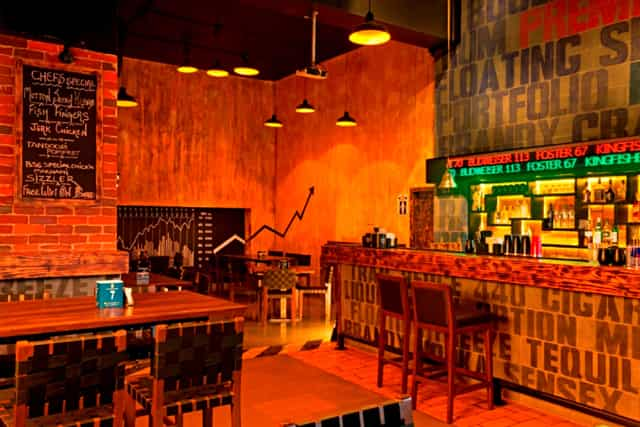

Taking a cue from this trend, even smaller restaurants are boosting their online presence. Enter Limetray, a service that helps restaurants build an online presence. "Restaurants today need to be online, so they can be seen in a space where their customers are," says Renuka Nandagopal, general manager sales, Limetray. But are smaller players open to adopting technology? "Not always. Sometimes we have to cajole them into trying the product. For instance, the owners of Persian Darbar, which is a very old restaurant, were reluctant. But after coming on board, their sales have increased," says Nandagopal.
While aggregators like Zomato and TinyOwl help restaurants reach the mobile generation, they give them very little control over the content. Add to that the commissions charged by them: a hefty 15 per cent on the total bill. "If the restaurants are able to set up their own systems, they can save on the commission, which can be passed on as discounts to customers," Nandagopal argues. At the same time, the experience is more personalised. For instance, if a customer has not ordered through the website for more than a month, an automatic message reaches his/her phone. Limetray counts restaurants like BusaGo, Asian Wok and YogurtBay among its customers.
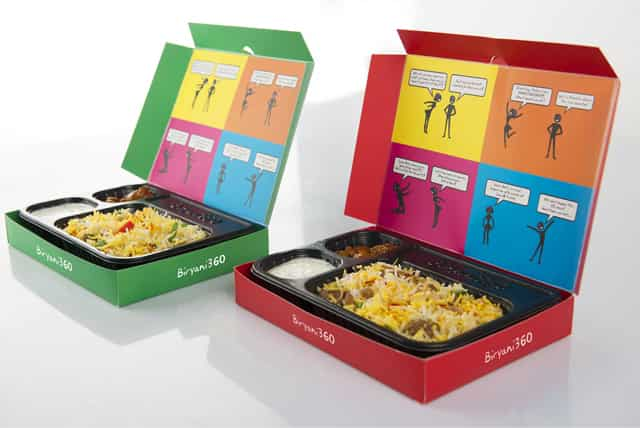

LET'S TALK PLASTIC
Apart from traditional modes of payment like cash-on-delivery, most websites and apps support credit card/debit card payment and mobile wallets. The likes of Paytm, MobiKwik and FreeCharge have made the concept popular. With companies like QuikWallet, which launched less than a year ago, patrons can pay bills through their phones, and even offer feedback to the restaurant. "This feedback is not public. In case the customer has had an unsatisfactory experience, the app allows restaurants to pass on individual discounts on the next visit. This discount reflects on the app and the user can claim it later," says Mohit Lalvani, CEO, QuikWallet. Mobile payments also help the restaurant save on table turnover. As opposed to a 20-minute wait for the payment to get processed, it takes a few clicks, and less than five seconds. Eateries like Mia Cucina, Quattro, Smokin' Joe's, Aromas Café, and Fat Man's Café, among others, have partnered with QuikWallet. Another cloud-based app, ePaisa allows businesses to manage their day-to-day operations, including payments, with the help of a tablet or a phone.
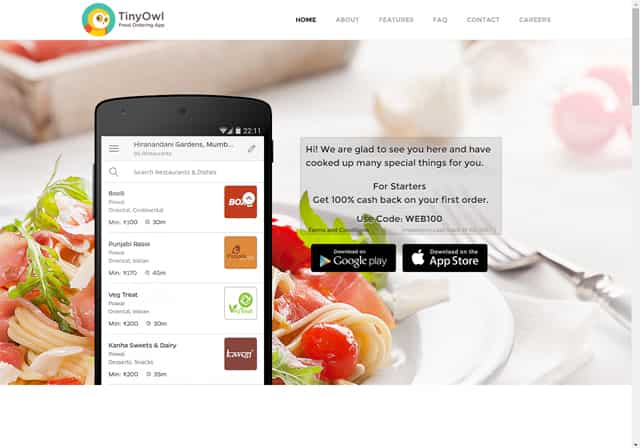

However, the other side of the digital revolution story is that India is the only country where cash-on-delivery as a mode of payment is popular. "Most people who use our service opt to pay the restaurant directly instead of making a payment through the site," says Kunal Jain of WowTables, a restaurant reservation platform. Earlier known as GourmetItUp, it ties up with high-end restaurants like Ellipsis, Yauatcha, Hakkasan and Neel, among others, to curate meal experiences. "People in India are used to paying money at the end of the meal," he says. Companies like WowTables encourage customers to pay online by offering attractive discounts and incentives. In fact, Jain has already seen a spike in demand, which coincided with the launch of his app last month. He now plans to expand to cities like Dubai and Singapore.
Though our use of technology to interact with food is increasing, nothing can compare with the warmth of a familiar face. As Desai aptly puts it, "Technology is a powerful supplement, but it can never replace basic hospitality and customer service."
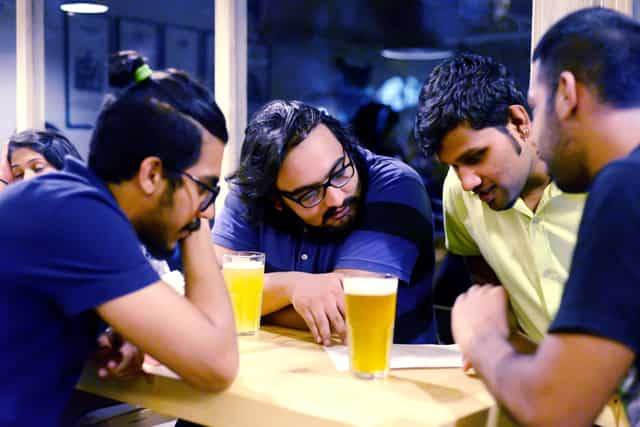

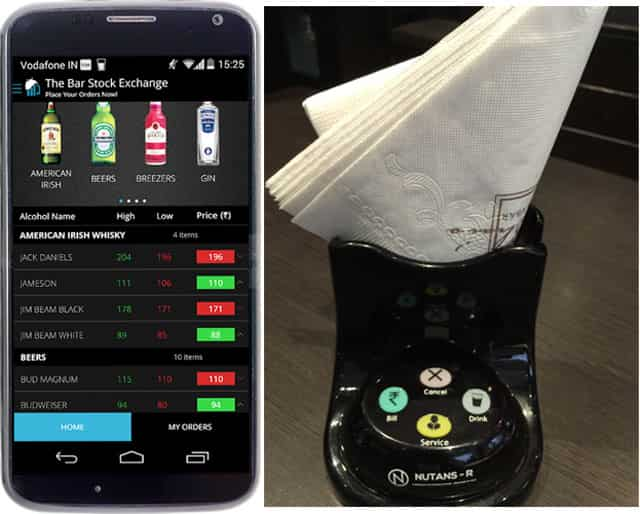

Catch all the Latest Tech News, Mobile News, Laptop News, Gaming news, Wearables News , How To News, also keep up with us on Whatsapp channel,Twitter, Facebook, Google News, and Instagram. For our latest videos, subscribe to our YouTube channel.




















